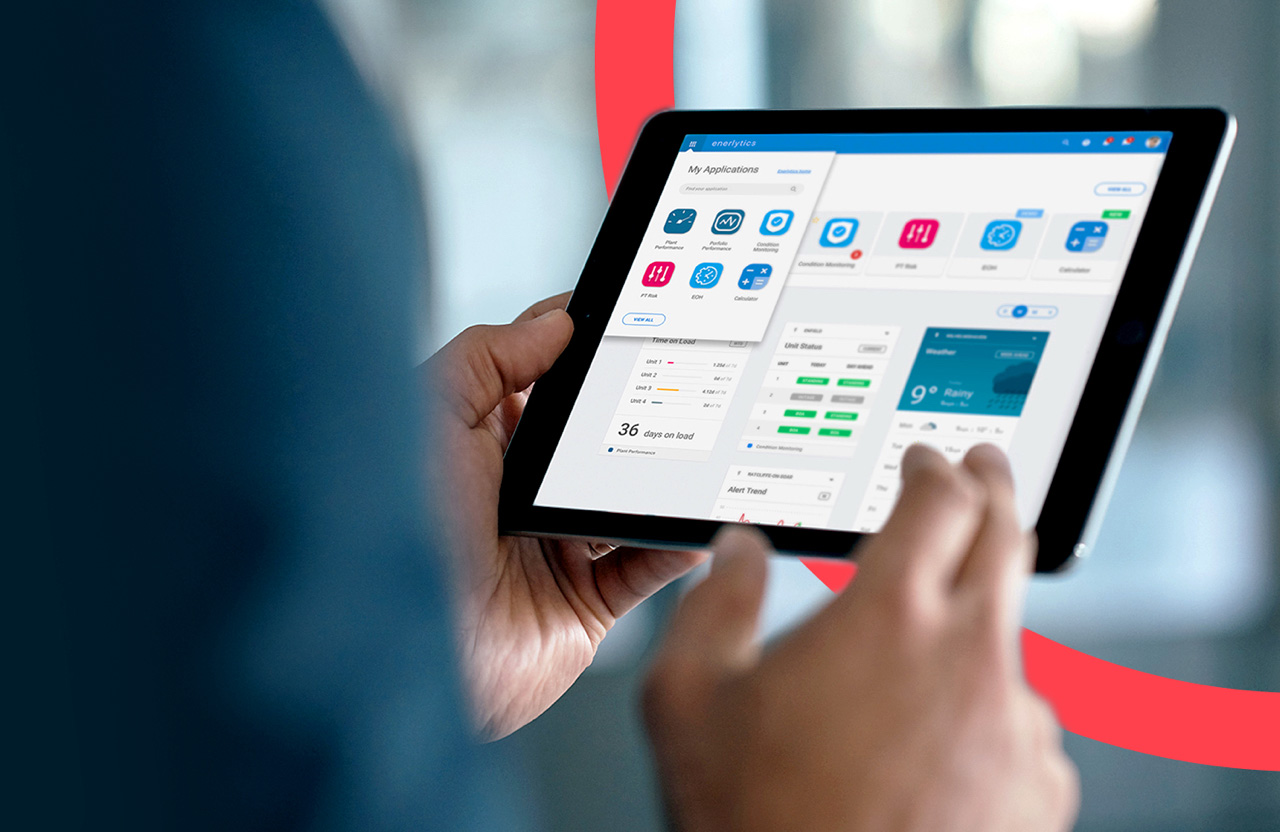What issue can we solve for you?
Type in your prompt above or try one of these suggestions
Suggested Prompt



Energy & Commodities
3-Part Roadmap for Digital Transformation in the Energy Industry
Global pressures and price volatility have intensified the need to address the sector’s three critical challenges: efficiency, agility and growth.
Joseph Tabita
Executive summary:
- Digital transformation gives energy trading organizations the opportunity to unlock value and realize untapped potential
- This three-part roadmap helps organizations understand how they can digitally optimize and build streamlined, adaptive and future-facing processes
- Organizations should improve efficiency, work toward agility and prioritize innovation
In recent years, war in Europe, extreme weather incidents, global inflation and health crises have delivered powerful economic shocks to world markets. Yet these seismic events have only sharpened the critical challenges that energy trading organizations were already facing: how to increase revenue, become more agile and cut operating costs.
Now more than ever, identifying the most effective ways to reduce costs, improve operations and move faster to capture new opportunities will decide their future. Markets are being restructured; supply chains need to be reimagined. Energy and commodities trading groups will therefore want to address customers and opportunities that have gained in strategic value as a result of these crises and to leave markets that have been undermined by it. If they are to succeed, they must embrace digital transformation in energy trading.
Energy and commodities trading groups will therefore want to address customers and opportunities that have gained in strategic value as a result of these crises and to leave markets that have been undermined by it. If they are to succeed, they have no choice but to transform themselves.
Proven strategies
The industry starts from a position well behind other major sectors, notably banking and retail, as well as the leading consumer technology firms, which have all undergone rapid digital business transformation over the past few years. The experience of these pioneers highlights some standardized approaches that can be quickly adopted, speeding up the process for those that follow. Other issues, such as the ability to hire the right talent and skills or to move quickly within existing governance norms, need home-grown solutions that reflect digital transformation priorities.
Commodity trading markets are unlikely to see a revolution in terms of business models. But the relatively slow progress of digital business transformation in this sector means that a major opportunity remains in play—removing low-value processes, which frees up the organization’s money and talent to focus on areas with the greatest potential for value creation. This allows more of the organization’s intellectual firepower to be used for activities where it can achieve a competitive edge.
Other activities need to become much more efficient and automated. Too much of the upside of digitalization remains untapped. There is too little automation, too many data silos, too many in-house data centers and too many off-the-shelf IT packages with overlapping functionalities, and not enough consistency of process and technology across participants in the market.
The missed opportunity
So, while the business opportunities in the coming months may reside in topics such as asset and inventory optimization and a truly agile supply chain, this article focuses on the approach that energy and commodity trading groups need to adopt to successfully overhaul their technology. This needs to be a priority, and this technical roadmap sets out three steps trading organizations should be focusing on now.
The order provided here is not rigid. Although some steps must necessarily come first, others can run in parallel and many organizations have taken steps along this path already. However, to achieve the business objectives that lie behind this digital business transformation—increasing efficiency, building their organizational capability and accelerating innovation to tap new revenue streams—organizations must make progress in all of these steps:
The aim must be to enable data analysis and the generation of business intelligence to happen as close to the individual businesses as possible. IT needs to provide the tools, not the analysis.
Conclusion
Commodity and energy trading groups have a long way to go if they are to use digital business transformation to help them reorient their operations and emerge from the current market crisis well-positioned for the future. There are big opportunities here for organizations that have already embarked on the listed steps, which are supported by a virtuous circle of efficiency gains in the early stages that help to fund investments that secure the next stages of the transformation process.
No matter the global conditions, modern trading organizations should be following this route to enhance efficiency, agility and growth. The lesson learned from other industries is that those who digitalized most have been able to better respond to changing requirements, challenges and new business models.
As a digital business transformation partner, Publicis Sapient helps organizations navigate this journey one step at a time.

Take the first step by reaching out to book a 1:1 discovery session and learn how to build a custom transformation roadmap.
Related Articles
-
![]()
The Cloud Advantage
Moving to the cloud can be an efficient game changer for energy companies, but it requires careful consideration to make the most of it.
-
![]()
Grow from the Inside Out
To thrive, energy trading companies must embrace a tech-driven identity to attract top talent and embrace digital ways of working
-
![]()
Harness the Power of Innovation
Energy trading companies can thrive in a rapidly evolving industry by maximizing value creation through innovative digital transformation strategies.
Related Reading
-
![]()
Uniper Re-Energizes Its Business Model
Publicis Sapient partnered with the energy experts to turn legacy tools and know-how into a marketable platform.
-
![]()
Reimagining Energy Supply, Trading and Risk
Microsoft-fueled energy Supply, Trading and Risk transformation prepares organizations for future challenges by modernizing systems and unlocking value.
-
![]()
What Generative AI Can Do for Energy and Commodities
Generative AI is the future. How can energy and commodities organizations leverage it to gain a competitive advantage?












